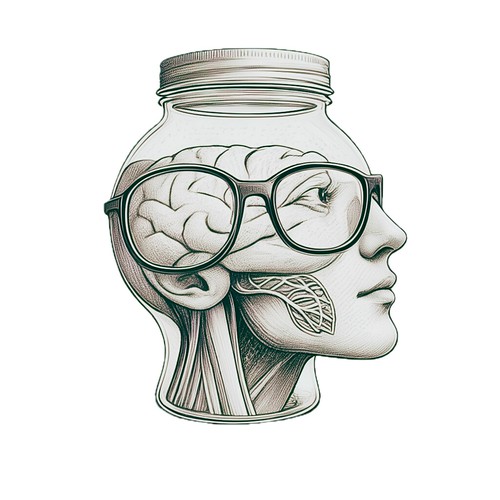Doodling

Writing with Diamine Merlot is like dipping one’s pen in wine over dinner. Thanks to my former clerk, Walter Cheng, for ordering this for me.
Labels: pens
Minutiae of my every day since 2004.


Labels: pens

The image in question was taken in 1839 by an amateur chemist and photography enthusiast from Philadelphia named Robert Cornelius. Cornelius had set his camera up at the back of the family store in Philadelphia. He took the image by removing the lens cap and then running into frame where he sat for a minute before covering up the lens again. On the back he wrote “The first light Picture ever taken. 1839.”I've gotten past the impulse to take selfies. I've done it so rarely these days--during my roommate Tom's 30th birthday (for posterity); my travels, mainly to appease my father ("Tay, nakita ko na ang Eiffel Tower!"); or when my students insist, usually after rounds--as I find the exercise rather extraneous. Seeing photos of myself online also makes me uncomfortable.

Labels: books/reading
My Dad was an amazing man. He taught us discipline, integrity, love for God and love for country — not by words, but by example. When I was young, I thought his greatest fault was that he was a heavy smoker, and all his kids were exposed to this habit.
He had a stroke at 67, and died of lung cancer when he was 69 years old. Both are considered self-inflicted tobacco-related diseases. But now I understand. He was a victim, not a perpetrator. Smoking was not his fault.
Dad, this fight against tobacco is for you. Smoking is not a choice, increasing tobacco tax IS.

Labels: pens



Documentation on three royal visits to Manila are available, namely: the Duque de Hedimburgo in 1869, and the Duque de Genova and the Grand Duke Alexis of Russia in the 1880s. Manila played host to only one king, Norodom I of Cambodia, who visited in 1872, months after the execution of the priests Gomez, Burgos and Zamora. Archival material is so detailed with individual receipts for all the expenses for the visit: materials for triumphal arches, cloth for festoons and banderitas, food and drink, so a good time could be had by all. Norodom was so impressed with Filipino hospitality he ordered one of his ministers to ask the Spanish governor general for a complete list of everyone who had contributed to the success of the visit. Norodom later rained on all these individuals various medals and ribbons of the kingdom’s state decorations.


Labels: pens
Today marks the 500th anniversary of a German priest, Martin Luther, famously nailing his 95 theses to the church door in Wittenberg. He had encountered God in fresh ways, and sought to reform the church by calling people back to a teaching that we receive grace freely from a generous God rather than earn it stingily from a reluctant one. In the process of sparking debate and pushing for change, however, the political and religious movements of the day carried his ideas into a massive fracturing of Christianity. Much good ensued, such as Bible translations into heart languages rather than only Greek and Latin. Much pain, warfare, and division also followed. Having grown up Protestant, however, one hardly notices the word root is "protest." Our narrative feels more like the true faith standing firm in the face of unreasonable opposition than like the vilified footballers taking a knee, or civil rights protestors marching through southern towns. Can faith and protest go hand in hand? Is is sometimes necessary, even heroic, to be fissiparous?
Labels: daily

Apan ang mga doktor gayod ang usá sa mga gadeklara sa kamatayon sa mga tawo. Pipila na kahâng kamatayon ang ilang gideklara ug nasaksihan? Sa anekdota sa doktor nga si Lance Isidore Catedral nga nag-ulohan og “Mother and Son,” gisaysay ang kamatayon sa usá ka inahan pinaagi sa pagtutok sa gibati sa anak: “On Mother’s Day, he was still a boy — soft wisps of hair just starting to grown on his armpits, his voice barely beginning to crack — but already mother-less.” Ginapasayod niining pagpapaila sa “pagbalhin” sa anak gikan sa pagkabata paingon sa pagkabinatilyo nga kauban sa kamatayon ang dakong kabag-ohan sa kinabuhi sa mga nabilín sa mga namatay. Gadugang pod ang klinikal nga deskripsiyon sa kamatayon sa inahan sa pagpabatî sa atoang magbabasa sa sakít nga pagdawat sa anak.